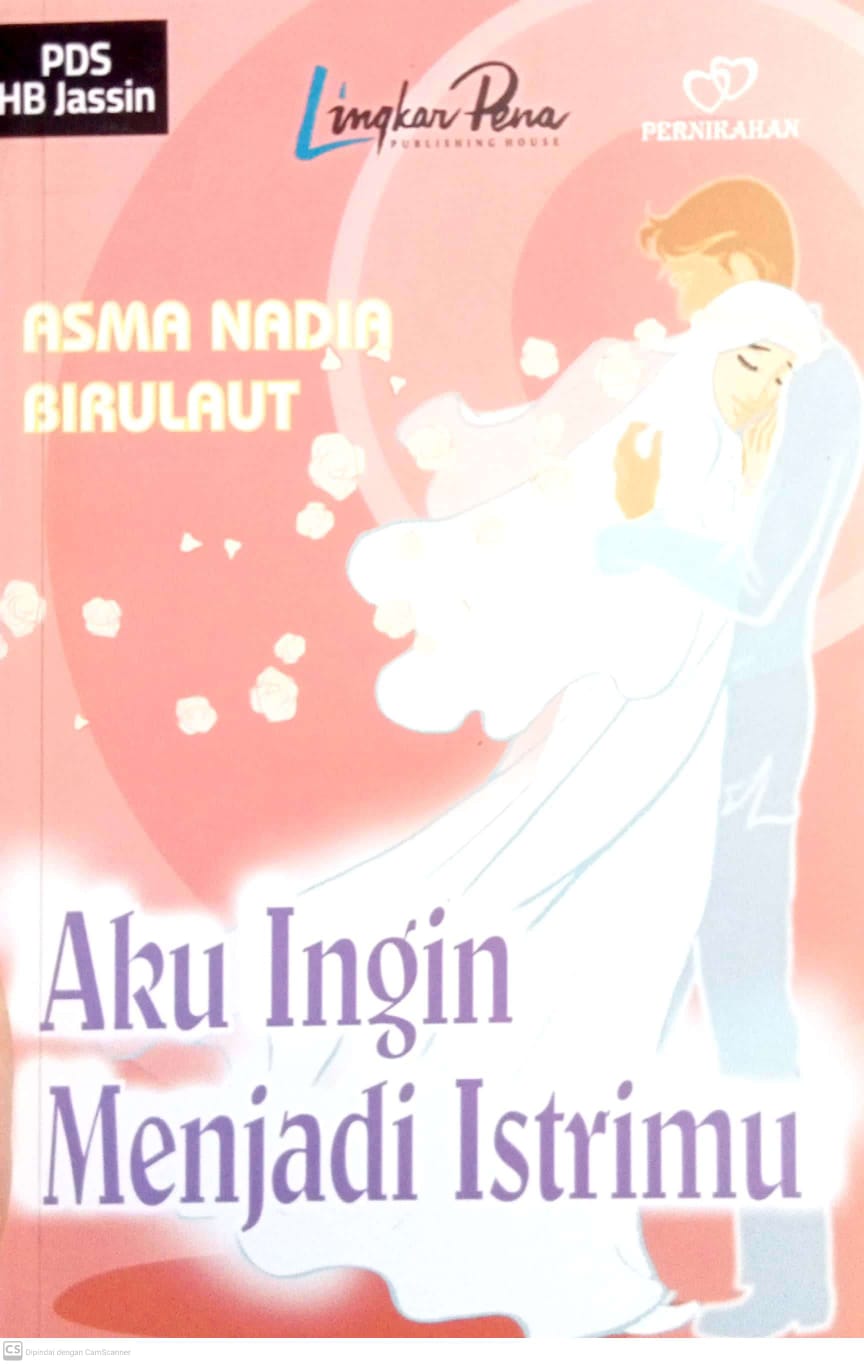





Everyday modernism : architecture and society in singapore
Jiat-Hwee Chang (Pengarang)
Tersedia di:
Deskripsi
Everyday Modernism is the first comprehensive documentation of Singapore’s modern built environment. Through a lens of social and architectural histories, the book uncovers the many untold stories of the Southeast Asian city-state’s modernization, from the rise of heroic skyscrapers, such as the Pearl Bank Apartments, to the spread of utilitarian typologies like the multi-storey car park. It investigates how modernism, through both form and function, radically transformed Singapore and made its inhabitants into modern citizens. The most intensive period of such change happened in the 1960s and 1970s under the rise of a developmental state seeking to safeguard its new-found independence. However, the book also looks both earlier and later, from between the 1930s to the 1980s, to cover a wider range of histories, building types and also architectural styles, expanding from the International Style and Brutalism and into Art Deco and even a touch of Postmodernism. The book’s 33 essays are richly illustrated with some 200 archival images and drawings as well as more than 90 contemporary photos by architectural photographer Darren Soh. It covers the beginnings of Singapore's modern landscape, including its first condominium, columbarium, flatted factory, and pedestrian overhead bridge, amongst others. But the book is also interested in endings, investigating how modern buildings have changed over time, and been adapted for new uses or even threatened with redevelopment today. By examining the evolution of the once exceptional into the typical and by learning how abstract spaces become lived places, the book traces how modernism has become part of everyday life in Singapore.
Ulasan
Buku Rekomendasi Lainnya

Aslib Directory

KONSEP Sentral kepengarangan KGPAA Mangku negara IV : Endah Susilantini
Endah Susilantini

Mukjizat dan Karamah Para Wali
IBNU Taimiyah

Prinsip-prinsip Manajemen Keuangan
HORNE, James C. Van ; Penerjemah : Heri Sutojo

Sukses dapat kerja jalur online
ARESTO YS.

Aneka masakan dan minuman
HANIFA N.

Kayu
NATA, Koko

A year of festivals : jewish festivals
HEAD, Honor ; COPPENDALE, Jean
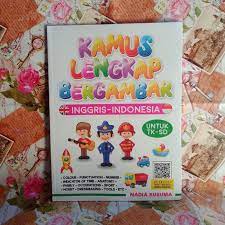
Kamus Lengkap Bergambar : Inggris- Indonesia
Nadia Kusuma

Ensiklopedi tanaman obat Indonesia
-
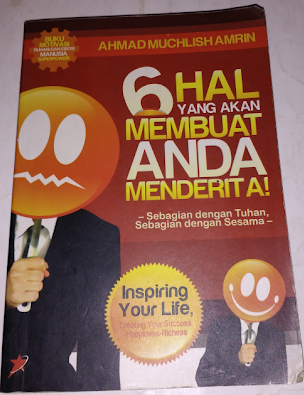
6 Hal Yang Akan Membuat Anda Menderita : Inspiring your life Creating your Success- Happiness-Richess
-

Tersesat di tenggorokan
-
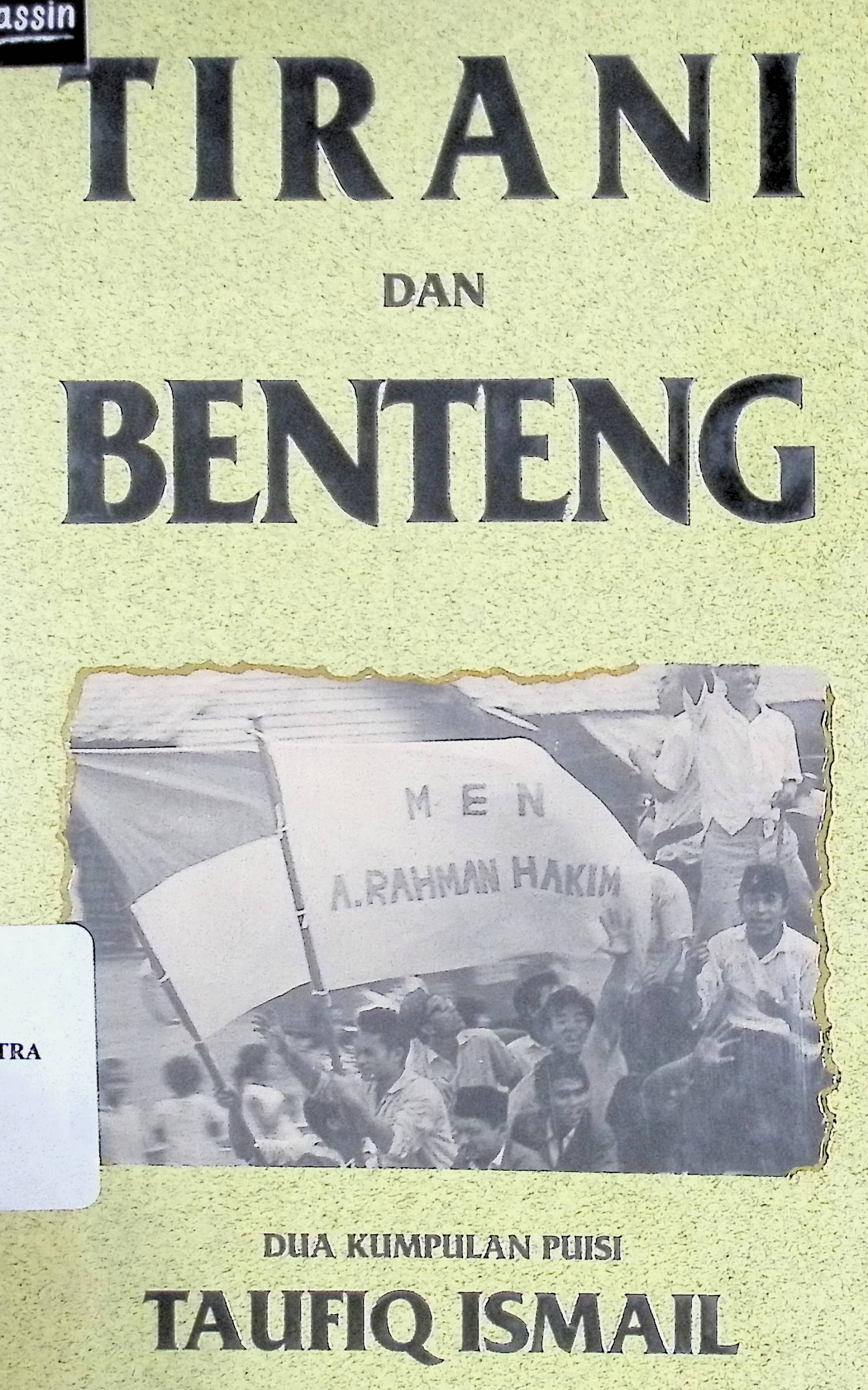
Tirani dan benteng : dua kumpulan puisi
Taufiq Ismail (Pengarang)
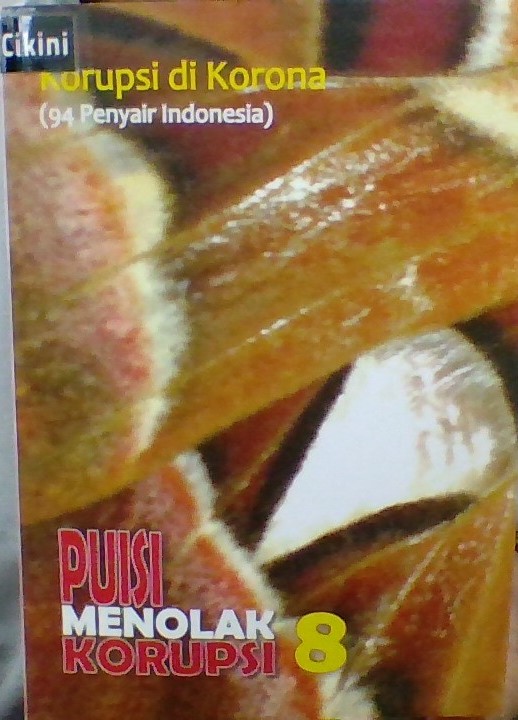
Puisi menolak korupsi 8; korupsi di korona : 94 penyair Indonesia
Aang A.K. (Pengarang) ; Abu Ma'mur M.F. (Pengarang) ; Acep Syahril (Pengarang) ; Agus Kusnandi Suling (Pengarang) ; Agus Sighro Budiono (Pengarang) ; Agustav Triono (Pengarang) ; Ahmad Muhli Junaidi (Pengarang) ; Ahmad Zaini (Pengarang) ; Akhmad Cahyo Setio (Pengarang) ; Akhmad Sekhu (Pengarang) ; Sosiawan Leak (Penyunting) ; Rini Tri Puspohardini (Penyunting)
